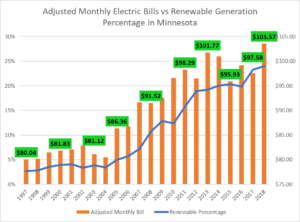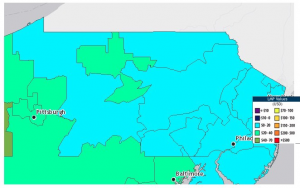Power costs generally reflect the cost to collect, finance, stay aware of, and work power plants Power to Choose and the power framework (the bewildering course of action of power transmission and scattering lines). Some income-driven utilities furthermore recall a financial return for owners and financial backers for their power costs.
A couple of key factors sway the expense of force:
Fills fuel costs, especially for combustible gas and oil powers (for the most part in Hawaii and towns in Alaska), may augment during seasons of high power interest and when there are fuel supply constraints or interferences because of absurd environmental events and spontaneous damage to transportation and movement structure. Higher fuel costs, in this manner, may achieve more prominent costs to create power.
Power plant costs: Each power plant has financing, advancement, upkeep, and working costs.
Transmission and movement system: The power transmission and spread structures that point to interaction power plants with customers have advancement, action, and backing costs, which consolidate fixing mischief to the structures from incidents or ridiculous environment events and further creating on the web assurance.
Environmental circumstances: Extreme temperatures can fabricate interest for warming and cooling, and the ensuing extensions in power solicitation can push up fuel and power costs. Deluge and snow give water to negligible cost hydropower age, and wind can give insignificant cost power age when wind speeds are incredible. Nevertheless, when there are droughts or battling interest for water resources, or when wind speeds drop, the lack of force age from those sources can put up pressure on other energy/fuel sources and expenses.
Rules: In specific states, public help/utility commissions totally direct expenses, while various states have a blend of unregulated expenses (for generators) and controlled expenses (for transmission and spread).
Power costs are typically most critical in the pre-summer
Changing costs are associated with the supply of power. In any case, most clients pay rates considering a periodic cost of force. Changes in costs overall reflect assortments in power interest, openness old enough sources, fuel costs, and power plant availability. Costs are ordinarily most raised in the mid-year when full-scale demand is high since all the more exorbitant age sources are added to fulfill the extended need.

The markdown cost of force on the electric power grid reflects the consistent cost for giving power. Interest in power adds to the cost of giving power. Power demand is by and large most raised in the afternoon and evening (top hours), so costs to give power are ordinarily higher at these times.
Power costs change by sort of client
Power costs are ordinarily generally critical for private and business buyers since it costs more to scatter capacity to them. Present-day buyers use more prominent power and can get it at higher voltages, so giving the capacity to these clients is more capable and more reasonable. The expense of capacity to current clients is all around close to the rebate cost of force.

